Have you ever locked eyes with a cat and felt like you were staring into the soul of a jungle predator? Some cats barely seem domesticated at all—they stride through our living rooms with the poise of a leopard or the mystery of a tiger. These rare breeds are more than just pets; they’re living works of art, blending wild beauty with the heartwarming quirks of a house cat. Whether you’re a lifelong feline fanatic or just love a good animal story, these nine exotic cat breeds will stir your imagination and maybe even make you catch your breath. Let’s journey into the mesmerizing world where the wild and the domestic meet, one spectacular cat at a time.
Bengal: The Leopard’s Mini-Me

There’s something electric about the Bengal cat. With its bold, rosetted or marbled coat, every Bengal looks like a miniature jungle leopard. Their athletic build and high-energy antics make them a whirlwind of excitement at home, always ready to leap or pounce on a feather toy. Bengals love water—an oddity among cats—and will often play in sinks or bathtubs, reminding us of their distant wild ancestors. Owners say their chirps and trills sound nothing like the average house cat, adding to their wild mystique. Despite their fierce appearance, Bengals are affectionate and bond deeply with their humans. They’re a living example of how beauty and boldness can go paw in paw.
Serval: The African Stilt-Walker

With long legs, enormous ears, and a golden coat sprinkled with bold black spots, the Serval looks like it just stepped off the savannah. Native to Africa, these cats are expert hunters and can leap over nine feet into the air to snag birds mid-flight. Their unique look comes with a wild streak—Servals are not your typical lap cat and require specialized care and space. While they’re rarely kept as pets due to their needs and conservation status, their wild elegance inspires awe and respect for the untamed world they represent.
Caracal: The Desert Phantom

Those dramatic, tufty ears instantly give the Caracal an air of mystery. Living across Africa and the Middle East, Caracals are known for their powerful build and stunning reddish-gold fur. Their ears, tipped with long black tufts, twitch and swivel at the slightest sound, helping them track prey with uncanny precision. Caracals are solitary and elusive, often spotted only as a blur in the desert dusk. Their intense gaze and athletic prowess remind us of nature’s silent hunters, moving with purpose and grace through the wild.
Chausie: The Jungle Cat’s Legacy
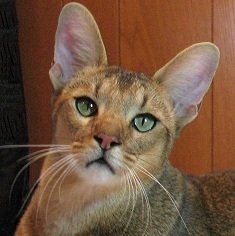
The Chausie is a modern marvel, blending the wild Jungle Cat of Asia with domestic breeds. They inherit a long, lean build and a wild, “untamed” look, complete with striking cheekbones and large, expressive eyes. Chausies are highly intelligent and active, craving adventure and mental stimulation. Their curiosity knows no bounds—they’ll open cabinets, solve puzzles, and demand your attention with a bold chirp. If you want a cat that brings a hint of the wild into your daily life, the Chausie is impossible to ignore.
Ocicat: The Spotted Wonder
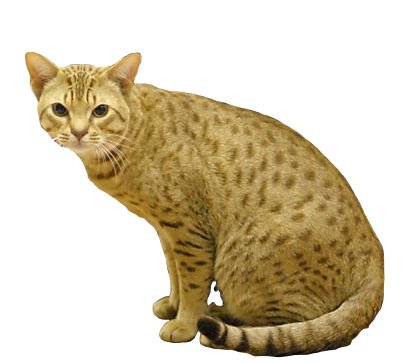
Despite its wild appearance, the Ocicat has no wild ancestors—just carefully chosen domestic lineage. Its coat sparkles with large, thumbprint spots, echoing the look of an ocelot or cheetah. Ocicats have a sleek, muscular body and eyes that shimmer with mischief. Social to their core, they thrive on interaction and will happily play fetch or greet guests at the door. Their confidence and charm make them wonderful companions, and their beauty is a reminder of how nature’s patterns can be found right in our homes.
Savannah: The Wild-At-Heart Hybrid
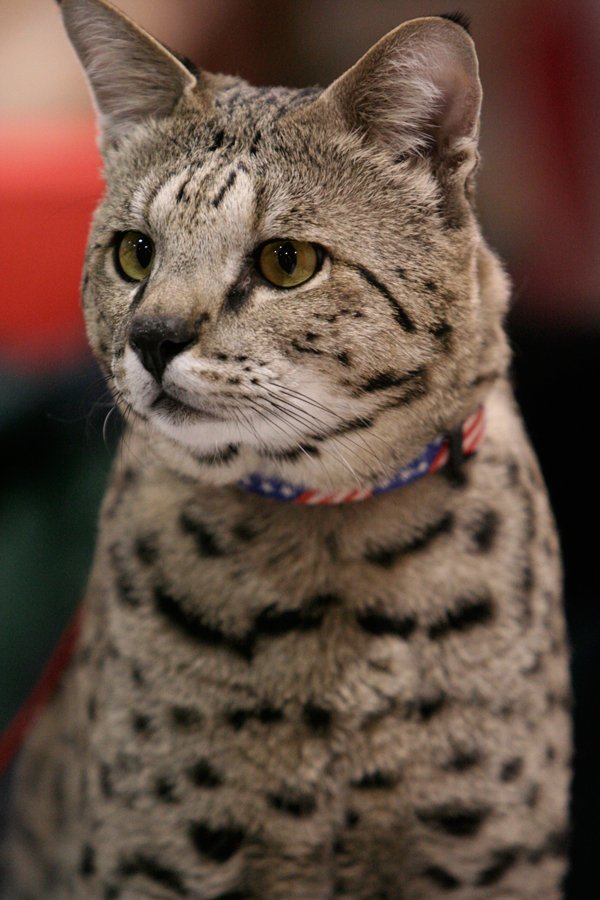
Crossing the African Serval with domestic cats, the Savannah breed is a true showstopper. Towering on long legs and adorned with bold spots, Savannahs look like they belong in the wild, yet their affectionate, dog-like loyalty makes them beloved pets. These cats are famously intelligent and can be trained to walk on a leash or play games of fetch. Their energy and curiosity mean they need plenty of stimulation, but their loving nature makes every challenge worthwhile. Each Savannah is a living link between two worlds—untamed and utterly devoted.
Egyptian Mau: The Ancient Beauty
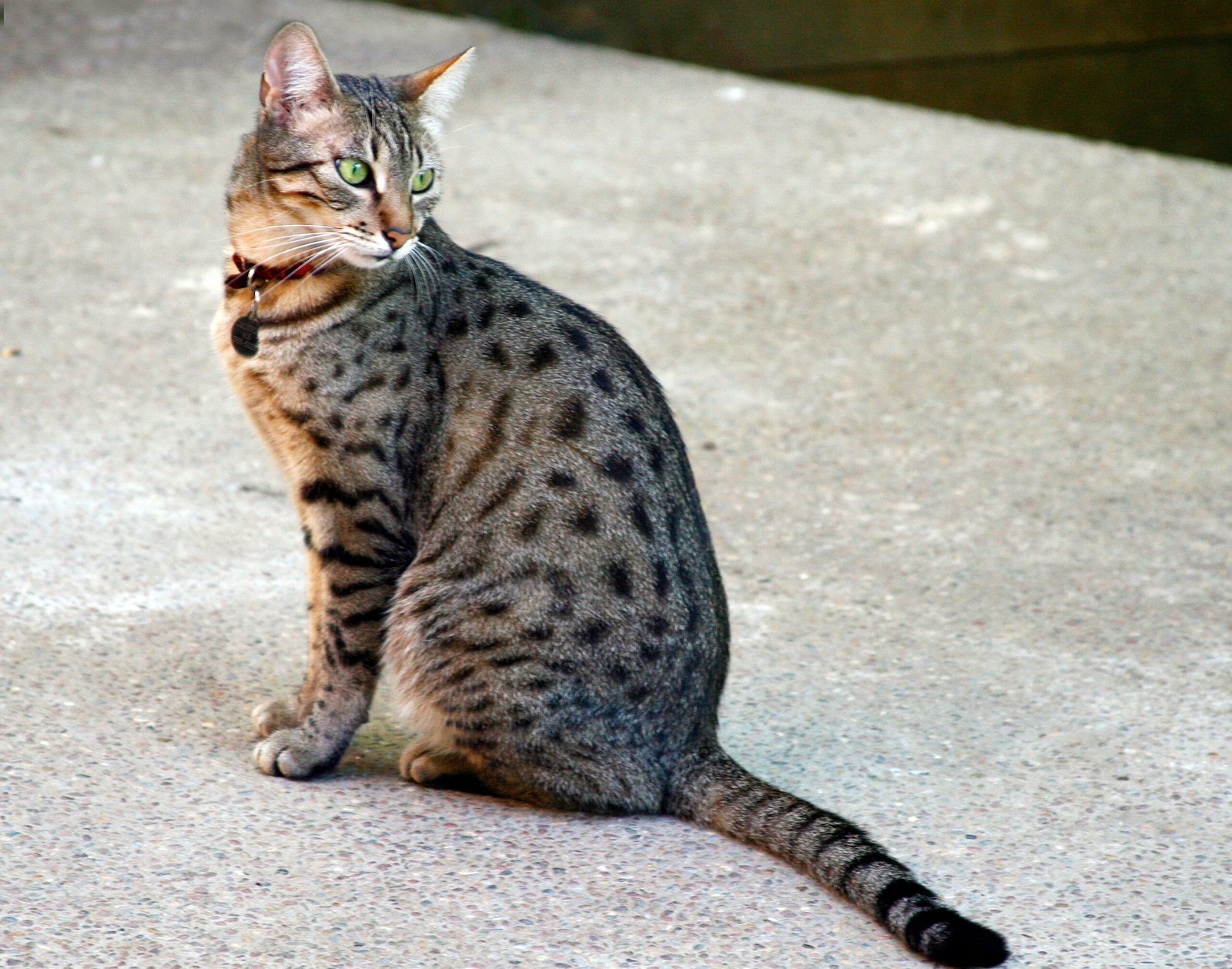
With a lineage tracing back to the pharaohs, the Egyptian Mau is the only naturally spotted domestic cat. They move with a grace that echoes ancient sculptures, their coats shimmering with silver, bronze, or smoke. Maus are known for their lightning speed—some sprinting up to 30 miles per hour! Their expressive, gooseberry-green eyes seem to hold centuries of secrets. Loyal and sensitive, Maus form strong attachments and may prefer a quiet home where their gentle personalities can shine.
Pixiebob: The Bobcat’s Doppelgänger
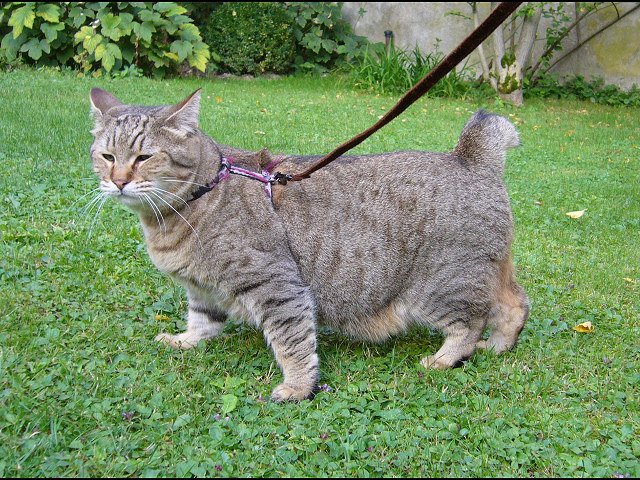
Looking like a wild bobcat, the Pixiebob is all about rugged charm. Their bobbed tails, tufted ears, and spotted coats give them a wild edge, but their temperament is sweet and loyal—often described as “dog-like.” Pixiebobs are loving and patient, often following their people from room to room. Many believe their origins come from natural bobcat-domestic cat matings, though DNA says otherwise. Still, their appearance is a tribute to the American wilderness, and their gentle hearts make them beloved companions.
Toyger: The Striped Showstopper
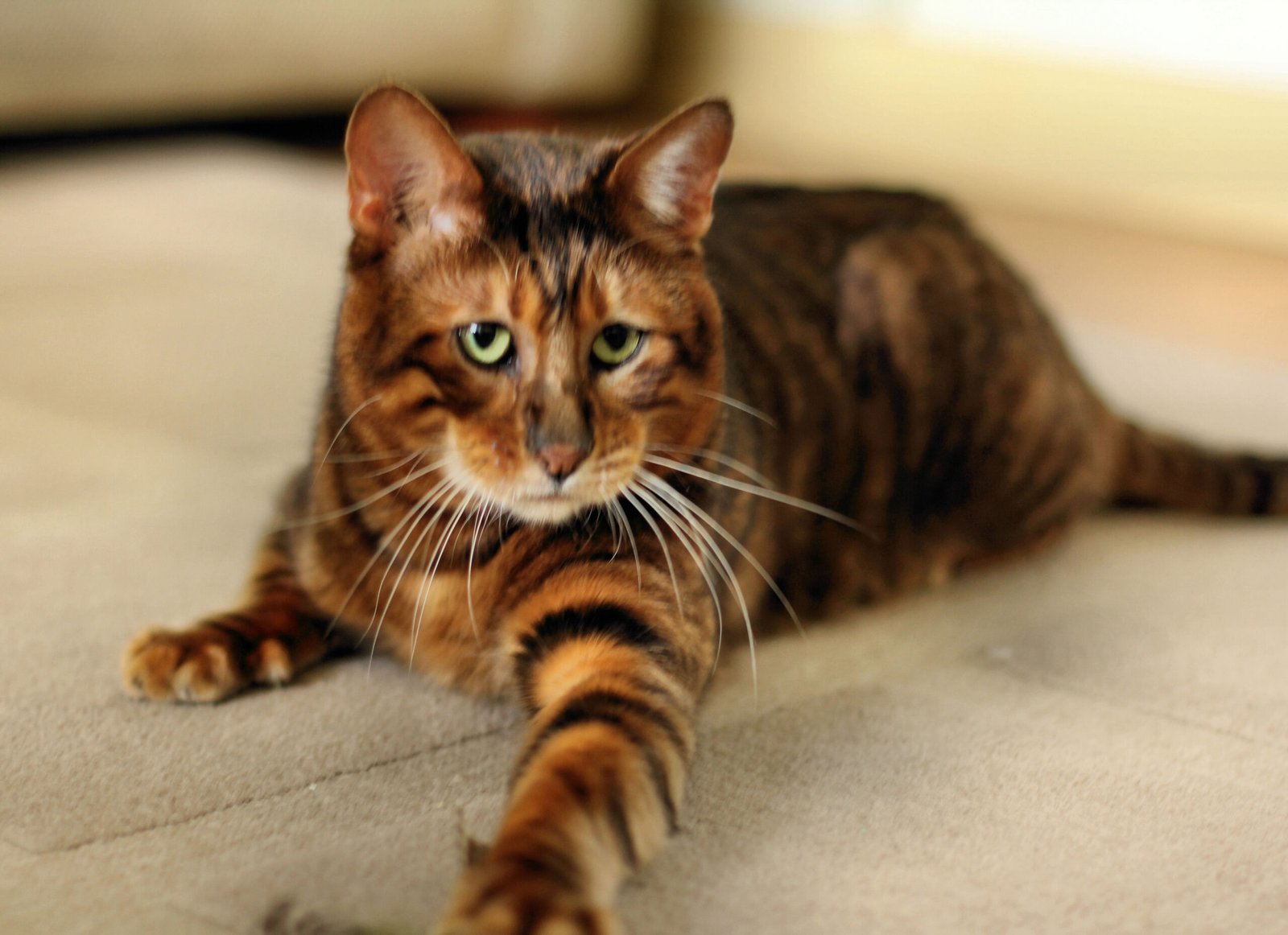
If you’ve ever dreamed of having a tiger for a roommate, the Toyger is the closest you’ll get. Each Toyger’s orange coat is artfully striped with bold, black markings, mimicking a miniature Bengal tiger. Created with the purpose of promoting tiger conservation, Toygers are playful, outgoing, and endlessly entertaining. Their stunning appearance isn’t just for show—it’s a reminder of the wild tigers their breeders hope to protect. They bring a big-cat spirit to even the smallest of apartments.
Asian Leopard Cat: The Untamed Ancestor
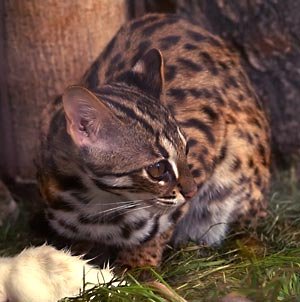
The Asian Leopard Cat is the wild forebear of the Bengal breed, and its appearance is breathtaking. With a lithe body, large, haunting eyes, and a spotted golden coat, this cat is a true creature of the forests and wetlands of Asia. Though not a pet, its influence on domestic breeds is profound. In the wild, these cats are solitary and elusive, relying on stealth and agility to survive. Their beauty serves as a powerful reminder of the wild roots shared by many of our domestic companions.
Fishing Cat: The Aquatic Adventurer

The Fishing Cat, native to South and Southeast Asia, is a master of the water. Unlike most cats, they are adept swimmers and hunt fish as their main prey. Their short, dense fur keeps them dry, and their partially webbed feet make them agile in rivers and marshes. With a stocky build and wild, determined eyes, the Fishing Cat is a rare sight—both in the wild and in captivity. Their adaptation to life at the water’s edge highlights the incredible diversity within the feline family.
Serengeti Cat: The Long-Legged Dreamer
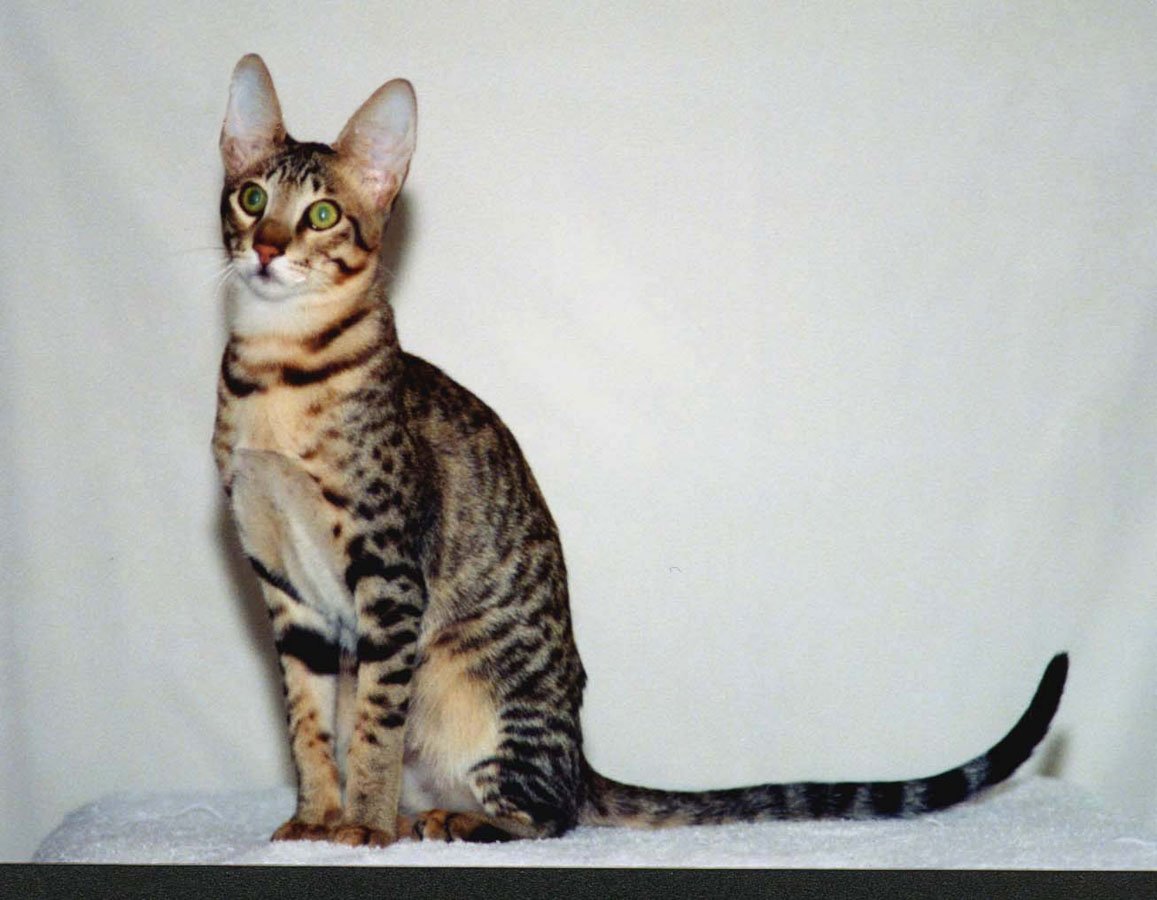
Serengeti cats dazzle with their long legs and spotted, golden coats, channeling the grace of African servals. Bred from Bengals and Oriental Shorthairs, they retain a wild look, but their personality is pure housecat—playful, inquisitive, and talkative. Serengetis love to climb and explore, often seeking out the highest perch in any room. Their presence feels like a slice of the savannah, and their energy brings a touch of wild adventure to everyday life.
Highlander: The Curly-Eared Charmer
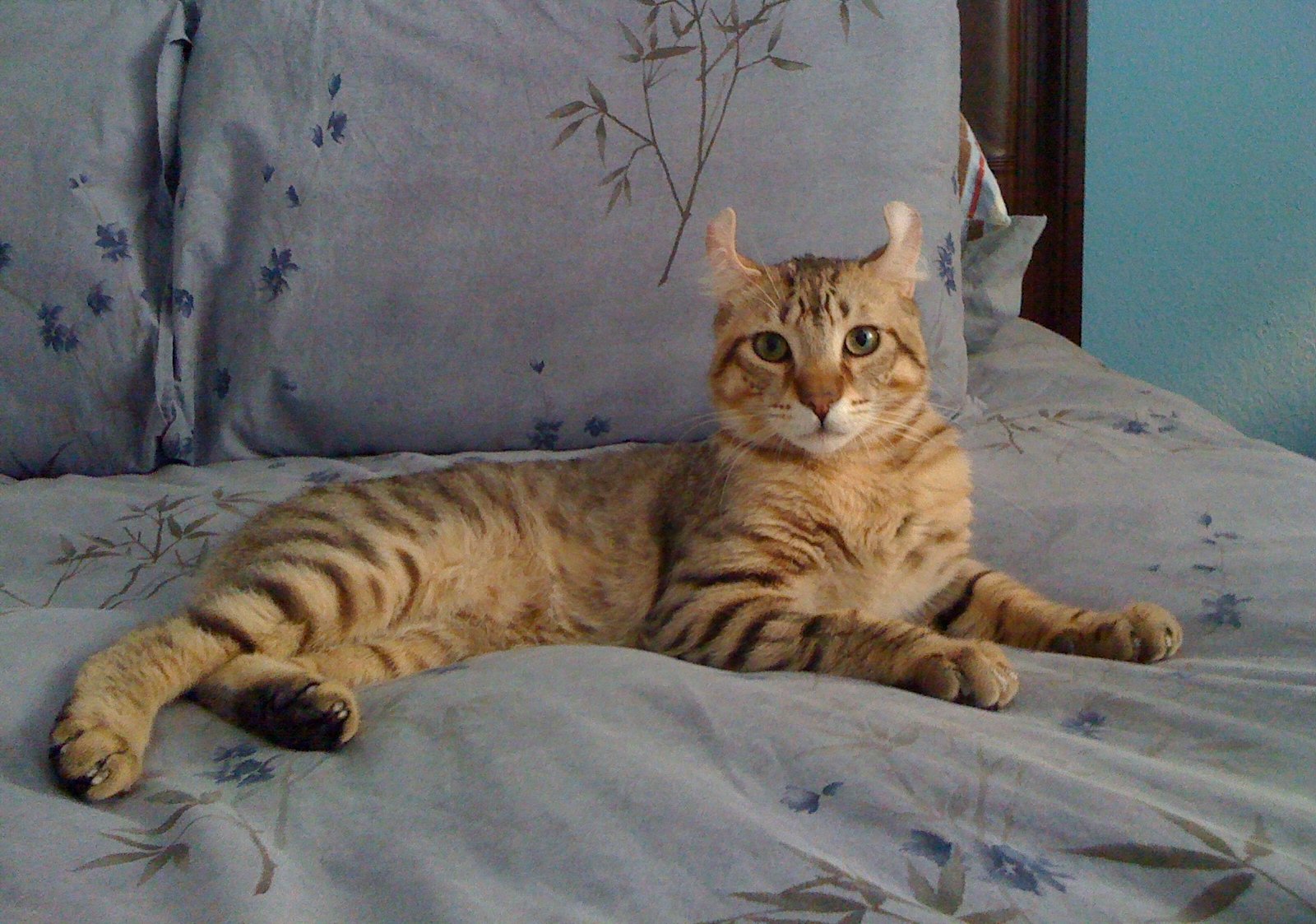
With curled ears, bobbed tails, and muscular bodies, Highlanders look like something from a prehistoric wilderness. Their expressive faces and quirky personalities set them apart—they’re playful, affectionate, and always ready to entertain. Many Highlanders are polydactyl, sporting extra toes that only add to their unique charm. Though their look is wild, they’re gentle at heart, forming strong bonds with their families and delighting children with their antics.
Jungle Curl: The Wild-Eared Wonder

The Jungle Curl is a newer breed, instantly recognizable by its backward-curling ears and dramatic, spotted coat. Inspired by wild cats like the Jungle Cat and the Caracal, Jungle Curls are friendly, social, and active. They love interactive play and will often “talk” to their humans with trills and chirps. Their wild look belies a sweet temperament, making them ideal for families who want a bit of the wild in their lives without giving up affection and loyalty.
Chaussie: The Wild Cat’s Reflection
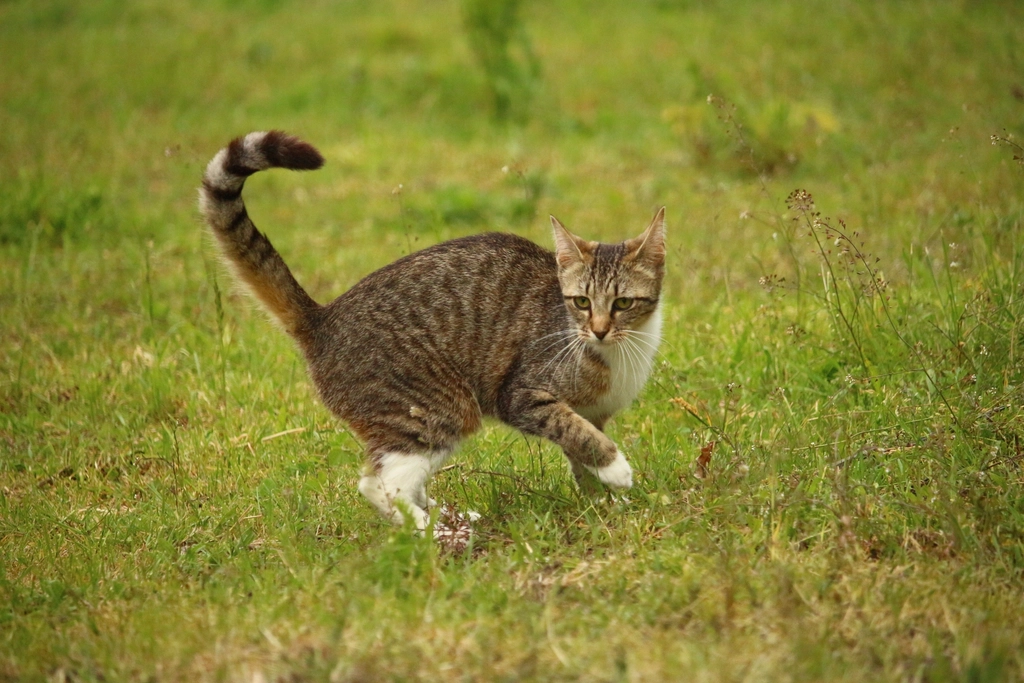
Derived from crossing domestic cats with the wild Jungle Cat, Chaussies are lithe, athletic, and bursting with curiosity. Their long legs and short, ticked coats give them a look reminiscent of wild felines stalking through tall grass. Chaussies are energetic and need plenty of room to roam and play. They form strong, loyal bonds with their humans and often choose one special person to shadow. Their presence is a daily reminder of the wild’s enduring spirit, alive within our homes.
American Bobtail: The Wild at Heart
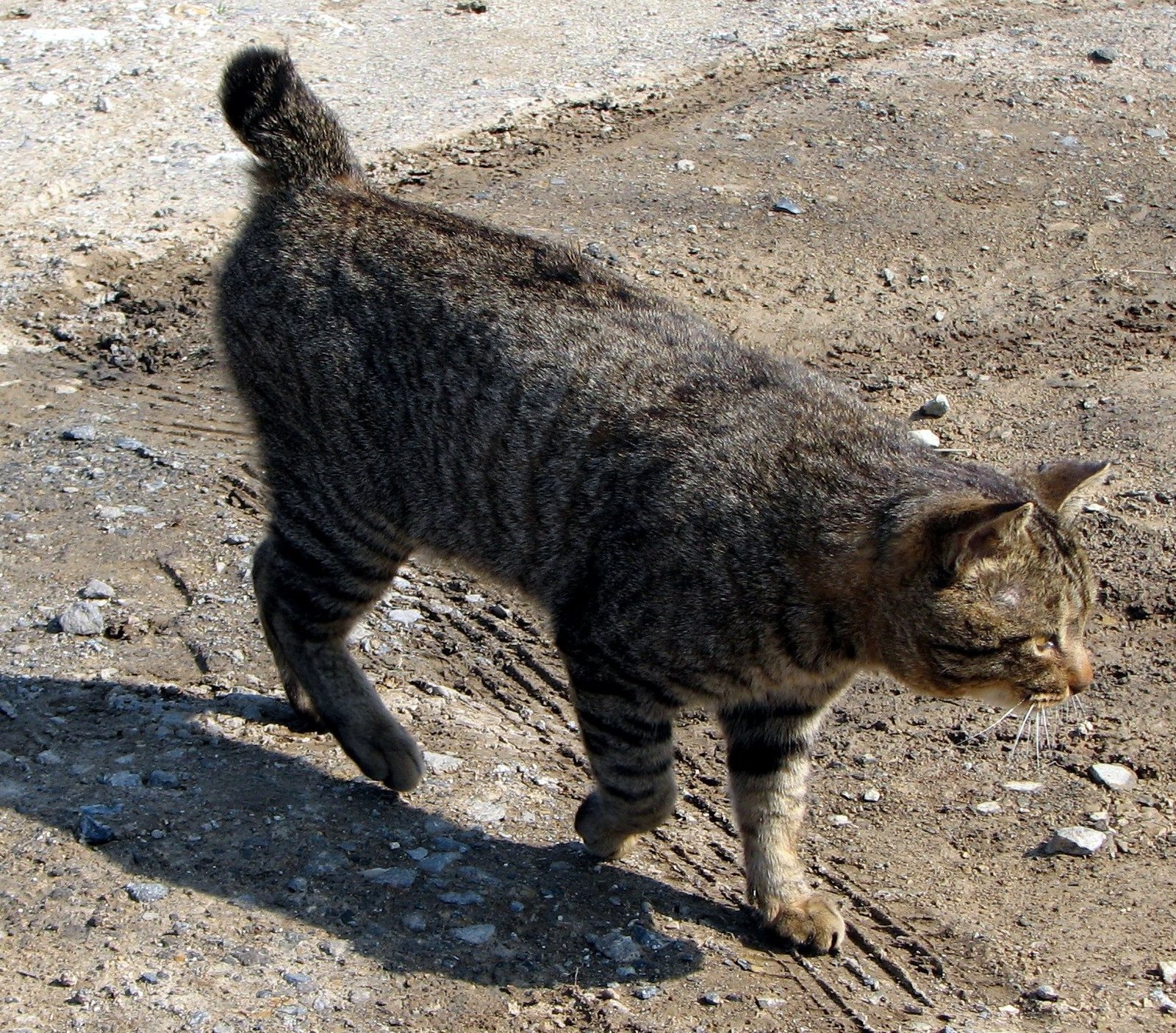
With a short, expressive tail and muscular build, the American Bobtail looks as if it wandered in from the wilderness. Their coats can be spotted or marbled, echoing the patterns of wild bobcats. Yet, their temperament is gentle, friendly, and suited for families—often acting as the “therapy cat” of the feline world. American Bobtails are adaptable and love new adventures, making each day a little more exciting for everyone around them.
Kurilian Bobtail: The Island Mystery
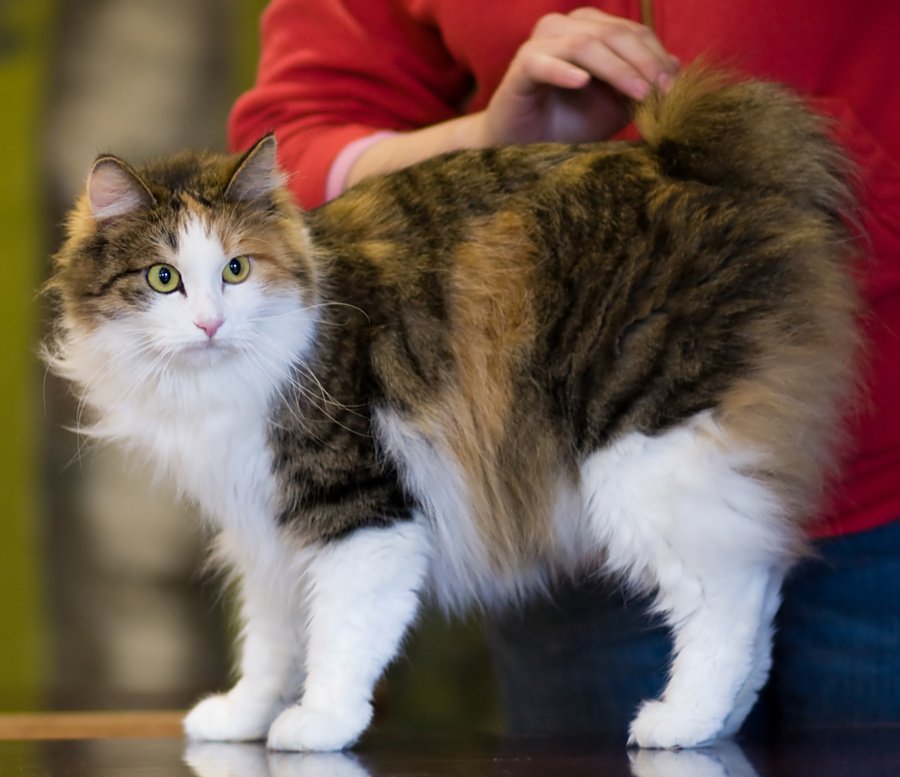
Originating from remote Russian islands, the Kurilian Bobtail is known for its signature pom-pom tail and wild, robust look. These cats are natural hunters, often catching fish and small prey on their own. Their thick, water-resistant coats and powerful bodies help them thrive in rugged environments. Despite their wild origins, Kurilian Bobtails are affectionate and loyal, often forming deep bonds with their people. Their story is a testament to the adaptability and resilience of cats everywhere.
Cheetoh Cat: The Spotty Dynamo
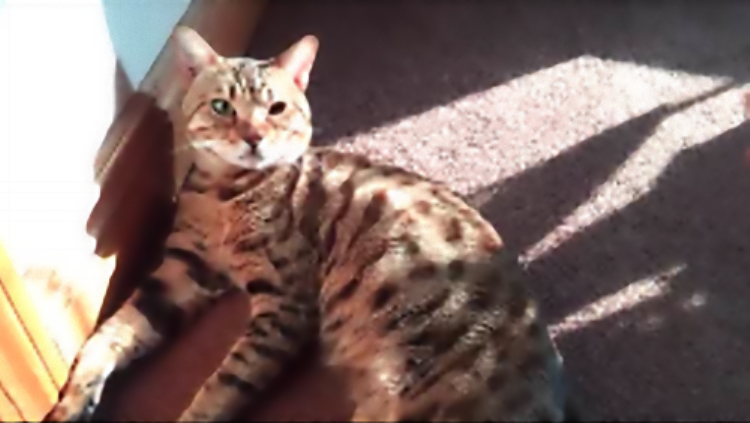
Cheetoh cats are the ultimate blend of Bengal and Ocicat, resulting in a highly spotted, athletic, and utterly captivating breed. Their large size and confident personalities make them stand out in any room. Cheetohs are active, playful, and thrive on attention, often inventing their own games. Their friendly demeanor and distinctive appearance make them ideal companions for families who want a taste of the wild without sacrificing affection or ease of care.
Safari Cat: The Rare Hybrid

One of the rarest hybrid cats, the Safari Cat is a cross between the wild Geoffroy’s Cat and domestic breeds. Their coats are marked with bold spots and stripes, giving them a wild, untamed look. Safari Cats are highly intelligent and inquisitive, often surprising their owners with their clever problem-solving. Their playful nature can be a handful, but their beauty and spirit are impossible to resist. The Safari Cat’s existence highlights the delicate balance between domesticity and the call of the wild.
LaPerm: The Wild Curls

At first glance, the LaPerm’s curly coat looks windswept, as if it just dashed through a prairie storm. Though not a hybrid, their wild, tousled fur sets them apart. LaPerms are gentle, affectionate, and love attention—often perching on shoulders or curling up in a lap. Their unique curls are the result of a spontaneous genetic mutation, reminding us that sometimes, the most extraordinary traits arise naturally. The LaPerm’s playful spirit and wild look make every day a little more magical.
Somali: The Foxy Feline

With a bushy tail, large ears, and glowing amber eyes, the Somali cat is the very picture of a wild fox. Their ticked coats shimmer with shades of ruddy, red, or fawn, and their playful antics are endlessly entertaining. Somalis are highly social and crave companionship, often following their people around the house. Their energy and elegance make them the ultimate feline acrobat, and their beauty is a reminder of how nature’s artistry shines in unexpected ways.
Singapura: The Petite Powerhouse
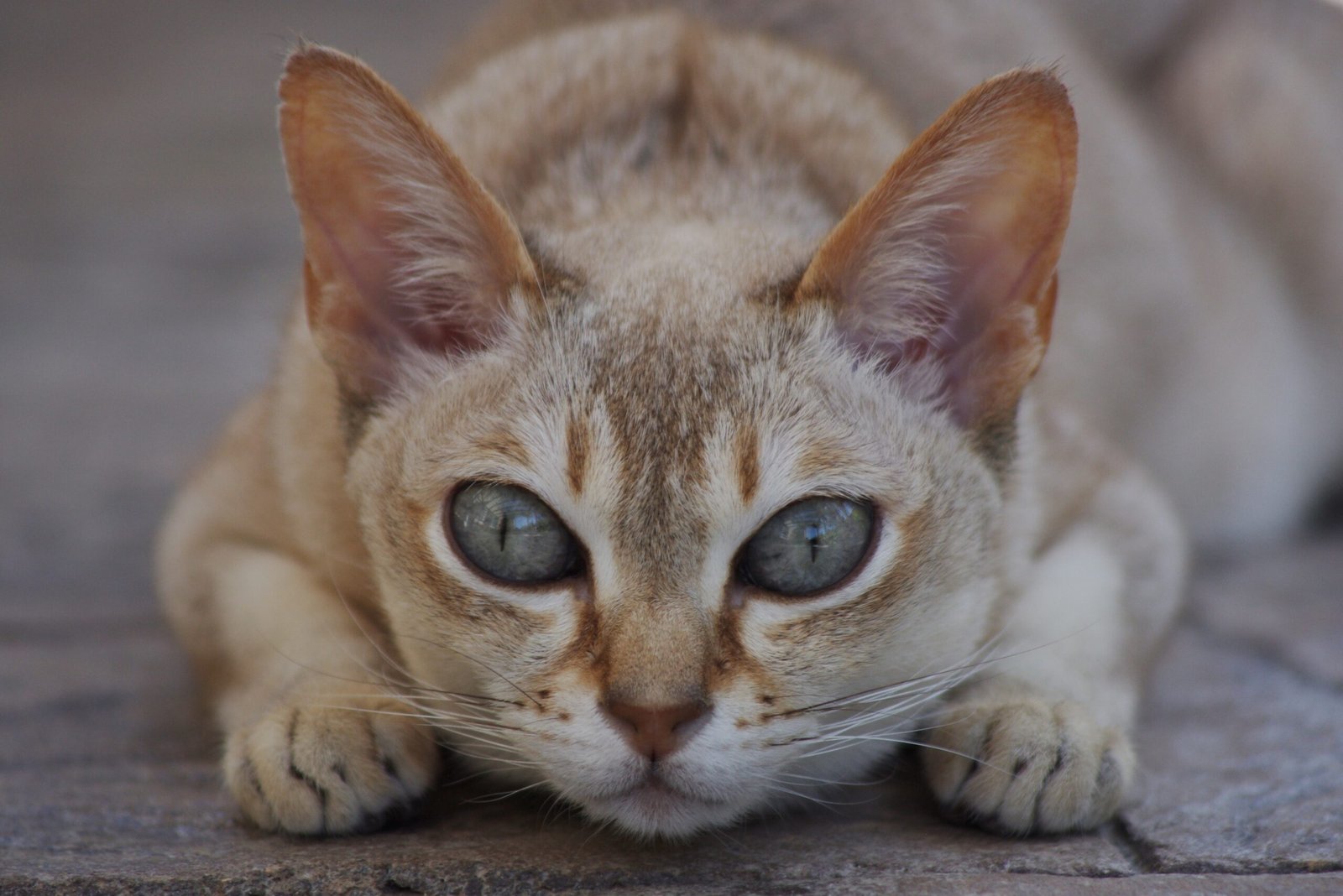
Tiny but mighty, the Singapura is one of the smallest domestic cats, yet it packs a punch with its big personality. Their large, almond-shaped eyes and ticked sepia coats give them a wild, alert appearance. Despite their dainty size, Singapuras are energetic, agile, and endlessly curious—always the first to investigate anything new. Their affectionate, people-oriented nature makes them ideal lap cats for those who want a hint of the wild in a petite package.
British Shorthair: The Plush Panther

Though not wild by ancestry, the British Shorthair’s dense, plush coat and round, copper eyes give them a regal, untamed look reminiscent of a plush panther. These cats are calm, sturdy, and independent, exuding a quiet confidence wherever they go. Their affectionate yet reserved nature means they’re happy to share space without demanding constant attention. The British Shorthair proves that sometimes, the wildest beauty is found in the most composed companion.
Conclusion

Cats have always bridged the line between the wild and the domestic, and these exotic breeds make that connection even more breathtaking. Each one is a living tribute to nature’s endless creativity, from the smallest Singapura to the leggy Savannah. Their striking looks, captivating behaviors, and unique histories remind us how close we are to the wild world—sometimes just a purr or a playful leap away. Which of these wild-hearted beauties called to you the most?

Suhail Ahmed is a passionate digital professional and nature enthusiast with over 8 years of experience in content strategy, SEO, web development, and digital operations. Alongside his freelance journey, Suhail actively contributes to nature and wildlife platforms like Feline Fam, where he channels his curiosity for the Feline into engaging, educational storytelling.
With a strong background in managing digital ecosystems — from ecommerce stores and WordPress websites to social media and automation — Suhail merges technical precision with creative insight. His content reflects a rare balance: SEO-friendly yet deeply human, data-informed yet emotionally resonant.
Driven by a love for discovery and storytelling, Suhail believes in using digital platforms to amplify causes that matter — especially those protecting Earth’s biodiversity and inspiring sustainable living. Whether he’s managing online projects or crafting wildlife content, his goal remains the same: to inform, inspire, and leave a positive digital footprint.






